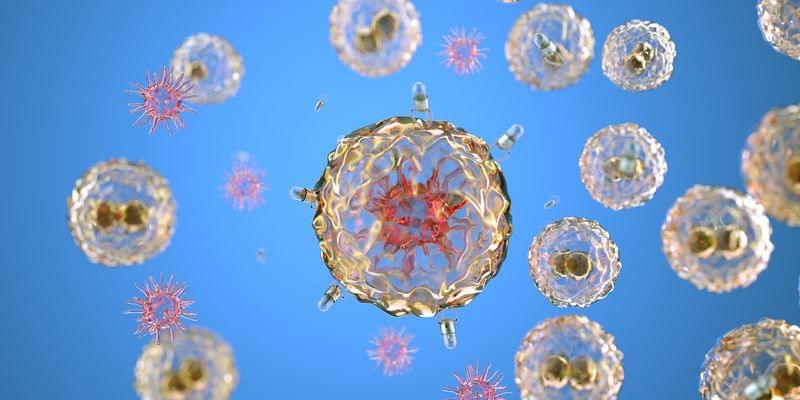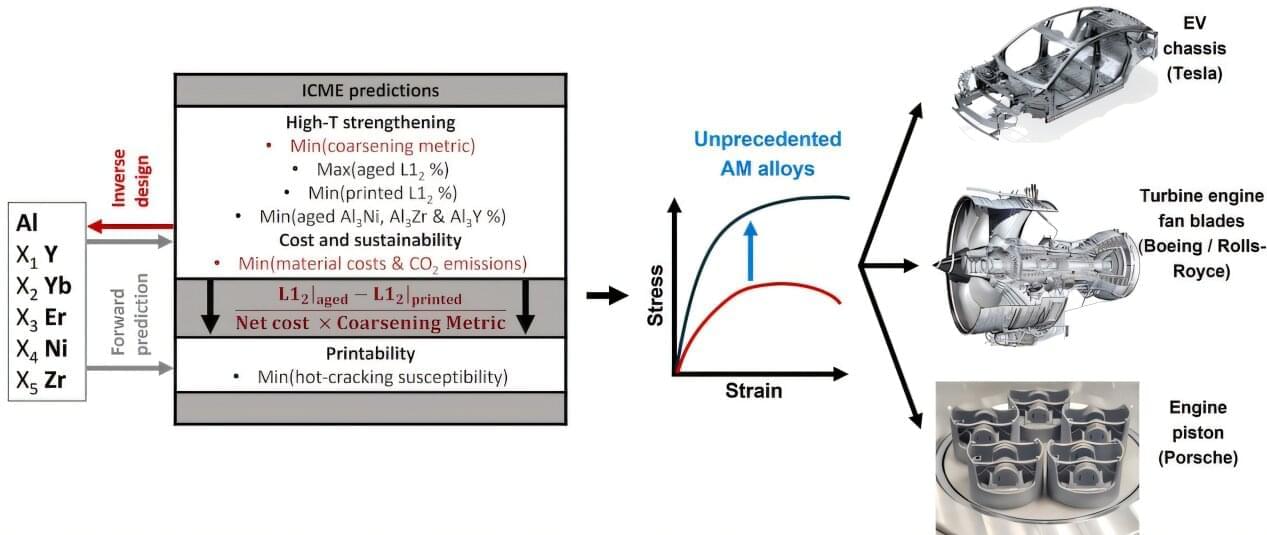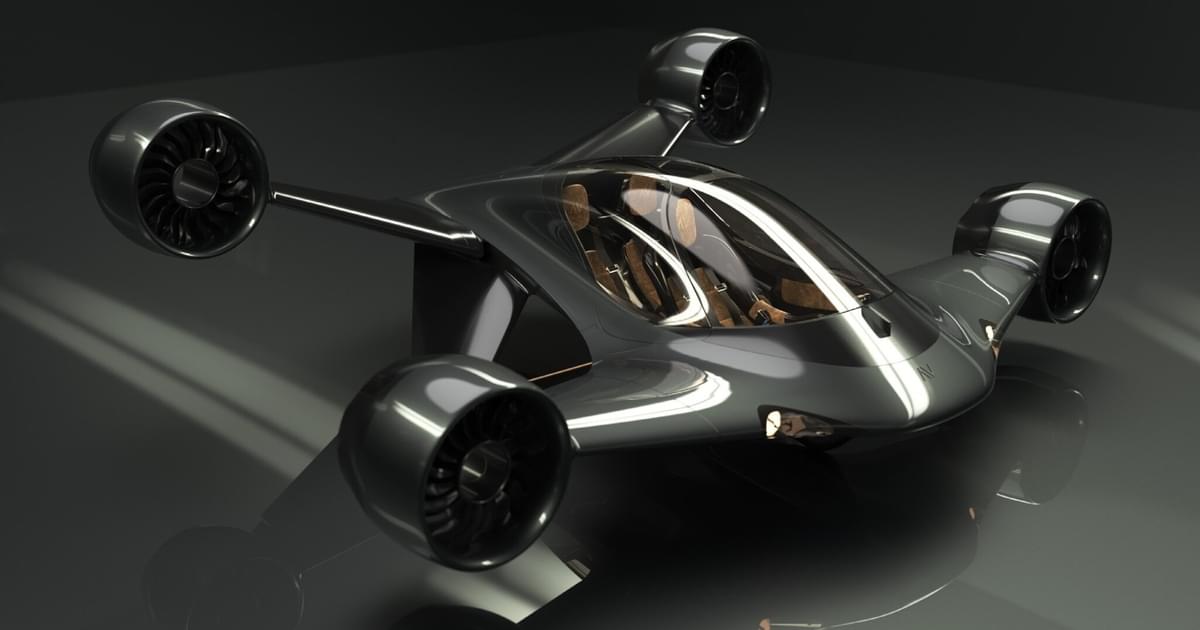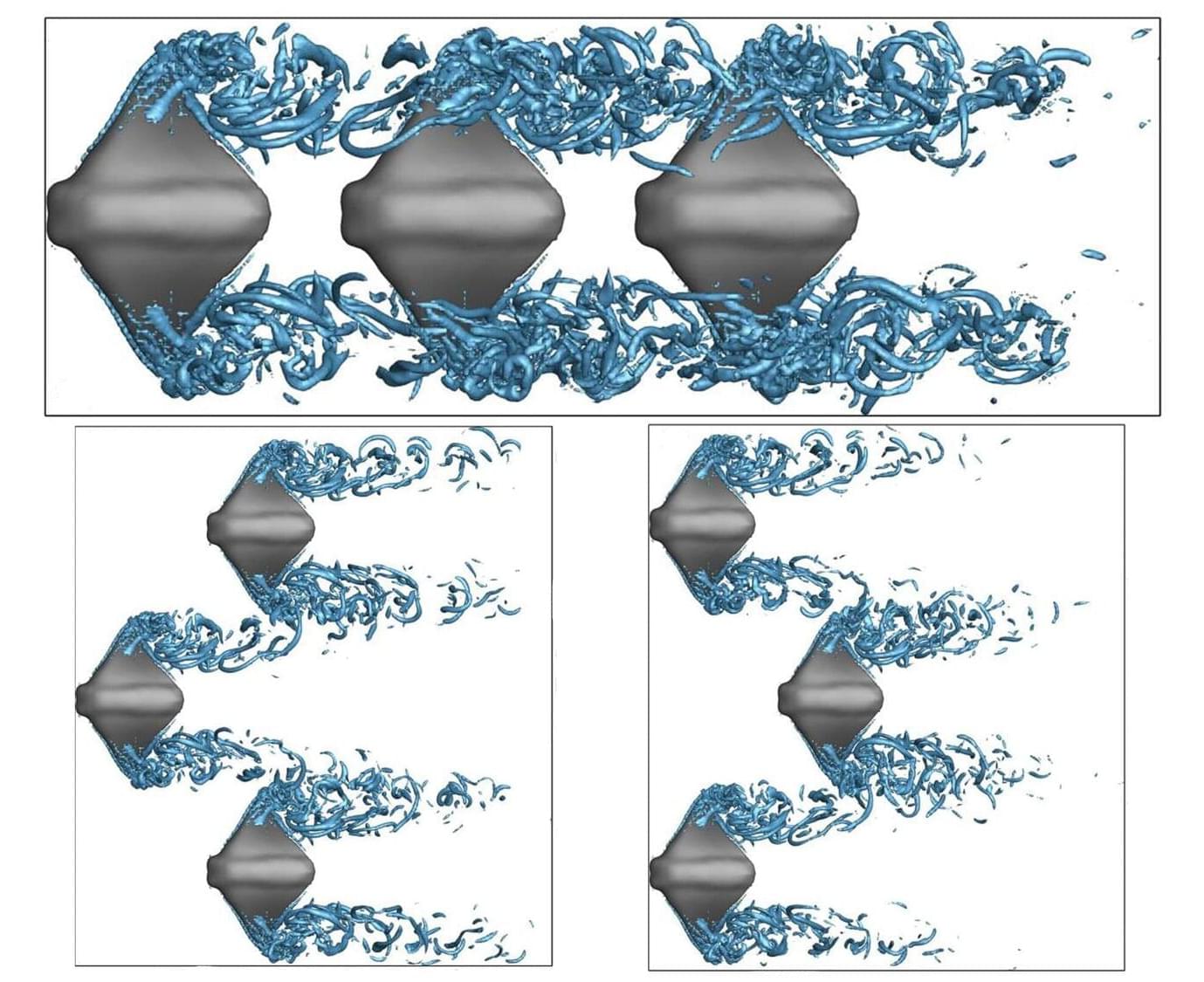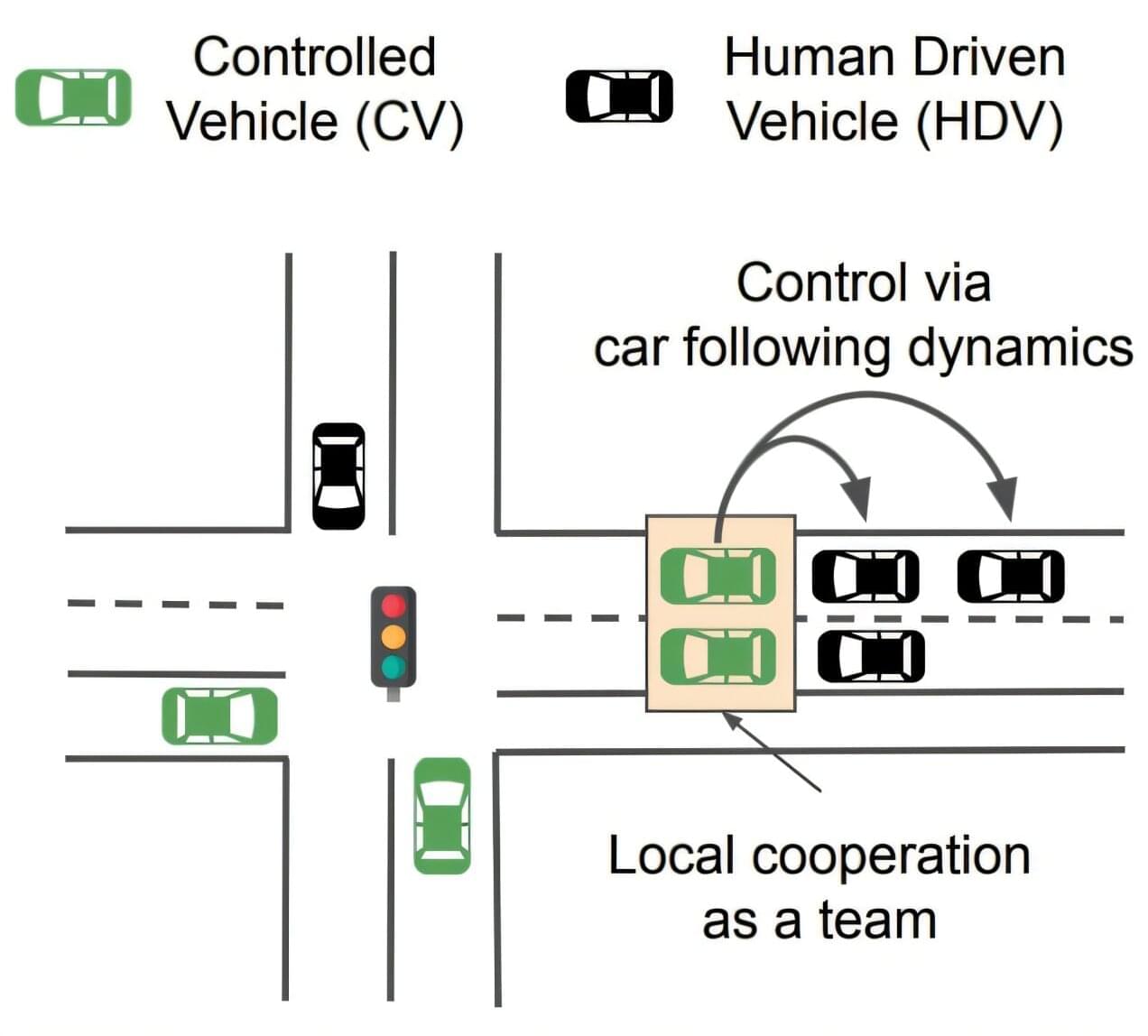Tesla is preparing to launch an affordable vehicle and a robo-taxi service, highlighted by the upcoming Project Alicorn software update and the new Model Y long-range, aimed at enhancing user experience and meeting market demands ## ## Questions to inspire discussion ## Tesla’s New Affordable Vehicle.
🚗 Q: What are the key features of Tesla’s upcoming affordable vehicle? A: Expected to launch in first half of 2024, it will be a lower, more compact version of the Model Y, possibly a hatchback, with a starting price of $44,990 in the US.
🏎️ Q: How does the new rear-wheel drive Model Y compare to previous models? A: It offers 20 miles more range, faster 0–60 time, and all-new features like improved speakers and sound system, making it a bargain at $44,990. Robotaxi Functionality.
🤖 Q: What is Tesla’s robotaxi project called and what features will it have? A: Called Project Alicorn, it will allow users to confirm pickup, enter destination, fasten seatbelt, pullover, cancel pickup, and access emergency help.
📱 Q: What additional features are coming to the robotaxi app? A: Upcoming features include smart summon without continuous press, live activities, trip summary screen, ability to close the trunk, rate the ride, and access outside service area help.
🚕 Q: How might Tesla expand its robotaxi service to non-driverless markets? A: The app includes a “call driver” button, potentially allowing non-driverless markets to join the ride-share network, though this strategy is unclear. CyberCab Production.

